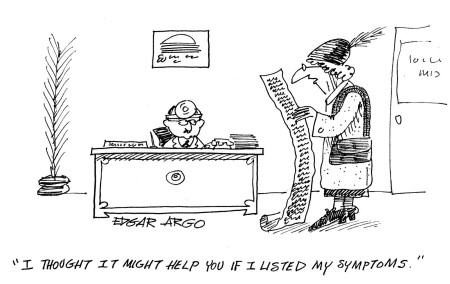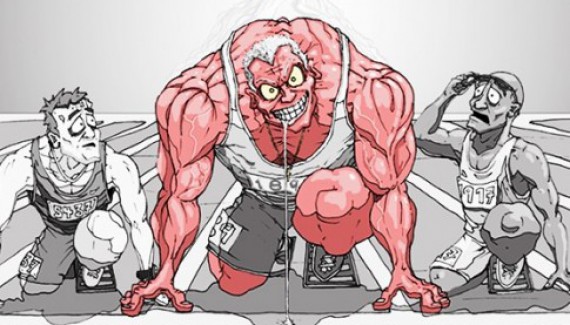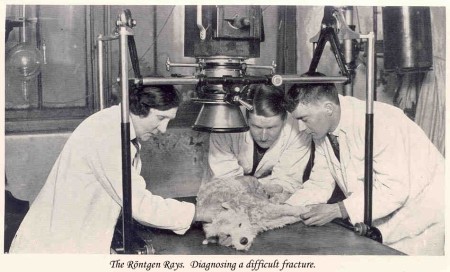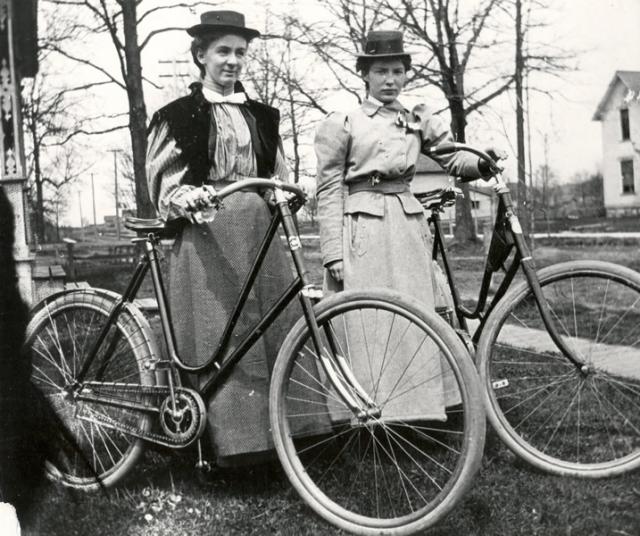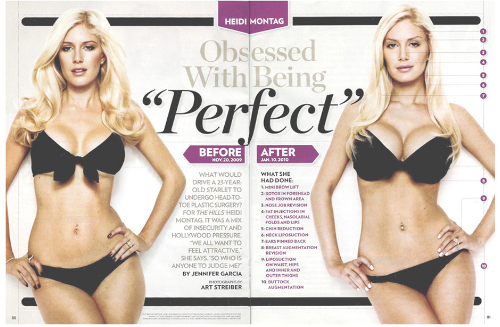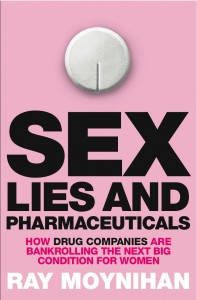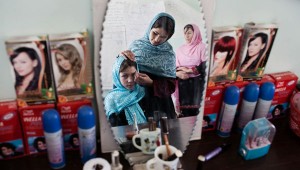When I want to know more about a medical condition, my first Internet destination is the Mayo Clinic’s website. It seems both reputable and decidedly non-alarmist.
Each condition is organized into a series of information packets: definitions, symptoms, causes, risks. There’s invariably a section called “Preparing for your appointment.” Without fail, it recommends that you make a list of your symptoms. Here’s an example:
Before your appointment, make a list that includes:
- Detailed descriptions of your symptoms
- Information about medical problems you’ve had in the past
- Information about the medical problems of your parents or siblings
- All the medications and dietary supplements you take
- Questions you want to ask the doctor
Once you’ve begun interacting with your doctor, it can be easy to forget something you’d intended to ask.
I was somewhat surprised, then, to learn that some doctors are decidedly irritated when a patient brings a list to an appointment. Dr. Suzanne Koven discusses this in a Perspective piece in NEJM: The Disease of the Little Paper. Read more

